There was sad news from Sutherland last month.
John MacKenzie of Culkein, Drumbeg had died, aged 85. John will be remembered as one of three leaders of the 100 crofters, whose successful acquisition of 21,000 acres in Assynt launched the modern community land movement.
He was vice-chair and founding member of the Assynt Crofters’ Trust (ACT). This was formed after confirmation in the summer of 1992 that the land they lived and worked on would be sold in seven different lots. The prospect of crofters paying rent to multiple landlords shocked them.
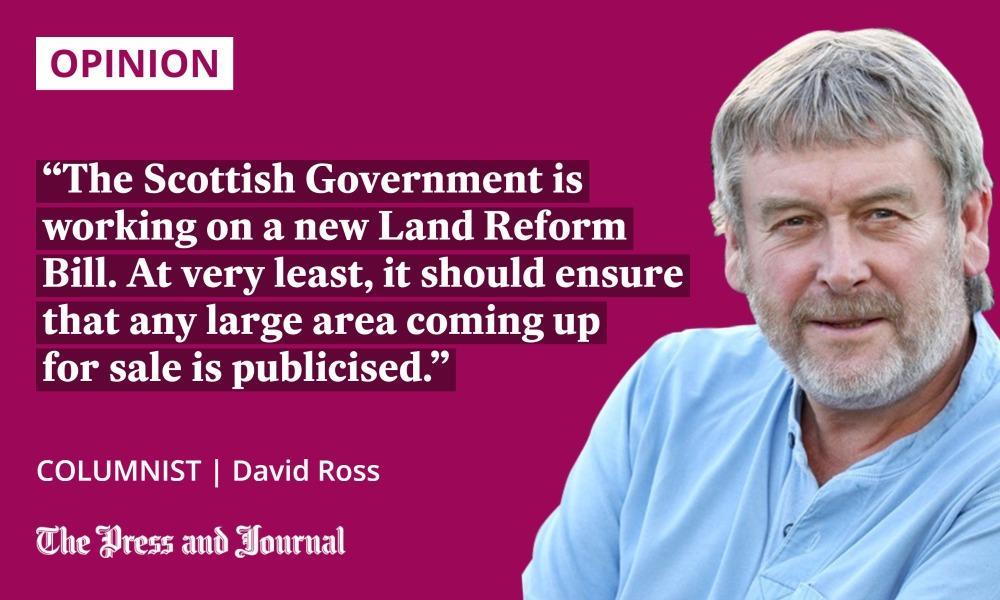
Their land along the B869 road around townships such as Achmelvich, Clachtoll, Stoer and Drumbeg, was then called the North Lochinver Estate. It had been owned by the Vestey family, part of their huge landholding. They had sold to the Sweden-based Scandinavian Property Services Ltd (SPS), for more than £1 million.
How SPS ever thought it could develop land covered by regulations protecting crofting tenants’ rights was unclear. Few were surprised when, within three years, the company was bankrupt. Liquidators were selling its assets. It was not a good advert for Highland landownership.
‘Perhaps even people are alien in this landscape’
John MacKenzie, ACT chairman Allan MacRae and secretary Bill Ritchie, mounted a determined campaign to acquire the land, despite obvious reluctance by the sellers to consider their bids. Amidst the beautiful photographs in the sales brochure was the sentence: “Perhaps even people are alien in this landscape”.
Bill Ritchie told me of the local response to that: “We got so angry, especially the likes of Allan and John, whose people had been cleared.”
The ACT campaign was supported across the land and beyond. People donated with an enthusiasm suggesting some were making a comment on Highland history. One old lady sent some stamps and apologised that she couldn’t do more.
Once the land was won, John MacKenzie successfully led efforts to guarantee a cashflow, through a hydro scheme. With his passing, only Bill Ritchie is left of the ACT triumvirate. Scotland should remember their names.
Increasing secrecy around Scottish land sales
Assynt inspired other communities, not least the residents of Eigg, whose island had become a plaything of international land speculators. More followed.
Ministers in the first Labour and Lib Dem Scottish Executive saw community ownership had potential, and made special provision in the Scottish Land Reform Act of 2003 for specific crofting and non-crofting community rights to buy. It was the start of a legislative journey which is yet to reach its destination. The Scottish Land Fund followed.
We have published a major report that reveals changes to Scotland's rural land market and values, amid strong timber prices and rising demand in non-farming leisure estates ➡️ https://t.co/igBhuoRuia #NaturalCapital #NetZero #LandReform pic.twitter.com/bD8Eiufadt
— Scottish Land Commission (@ScottishLandCom) April 12, 2022
The SNP Government’s Land Reform (Scotland) Act 2016 established the Scottish Land Commission (SLC) to advise ministers. Earlier this month, the commission published a report with some worrying findings. A few may be familiar to readers of this column on the emergence of “green lairds”, two words which inexplicably seem to offend some.
Almost two-thirds of estates were sold off-market, and one-third of farmland and woodlands
The report finds an estimated 87% increase in the market for Scottish estates sales on prices paid in 2020.
According to the SLC, “there has also been a marked shift in buyer types, with nearly half of all estates purchased in Scotland in 2021 sold to corporate bodies, investment funds or charitable trusts – motivated by the potential for carbon offsetting and developing large-scale environmental improvement.” “Greenwashing” has become the popular term for this.
Most worrying of the report’s findings is the increasing secrecy surrounding these land sales. Almost two-thirds of estates were sold off-market, and one-third of farmland and woodlands.
‘A dysfunctional, failed and still failing land market’
Earlier this week, The P&J reported the comments of former MSP and Scottish education secretary Peter Peacock, a longtime land reform campaigner.
“This dark market for land in Scotland evades transparency and operates within a shadowy world of high value individuals and corporations. Prices being paid for land are eye-watering and may be beyond the reach of local people even if they knew the land was available for sale,” he said.
“This is possible because of a completely unregulated market for land sales in Scotland. It seems clear this is a dysfunctional, failed and still failing land market which benefits only the super-rich.”
Former Labour minister Peter Peacock calls on the Holyrood government to use its recent £700 million ScotWind windfall to buy-up land across Scotland in order to protect it from the new "green lairds". https://t.co/J9Yv1NegpH
— Calum Ross (@CalumRoss23) April 25, 2022
Peacock called for the Scottish Parliament to launch an urgent inquiry. He said ministers could ensure communities benefit from their local land by using the £700 million raised during the recent ScotWind seabed sell-off to purchase estates – a “sovereign wealth fund” of land. Ministers should consider this.
The Scottish Government is also working on a new Land Reform Bill. At very least, it should ensure that any large area coming up for sale is publicised.
It is of profound concern that this “dark market” in Scottish land is linked to our fight to survive cataclysmic climate change. It isn’t right.
David Ross is a veteran Highland journalist and author of an acclaimed book about his three decades of reporting on the region
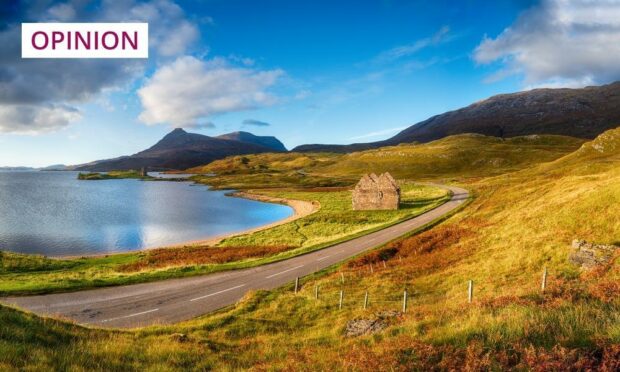
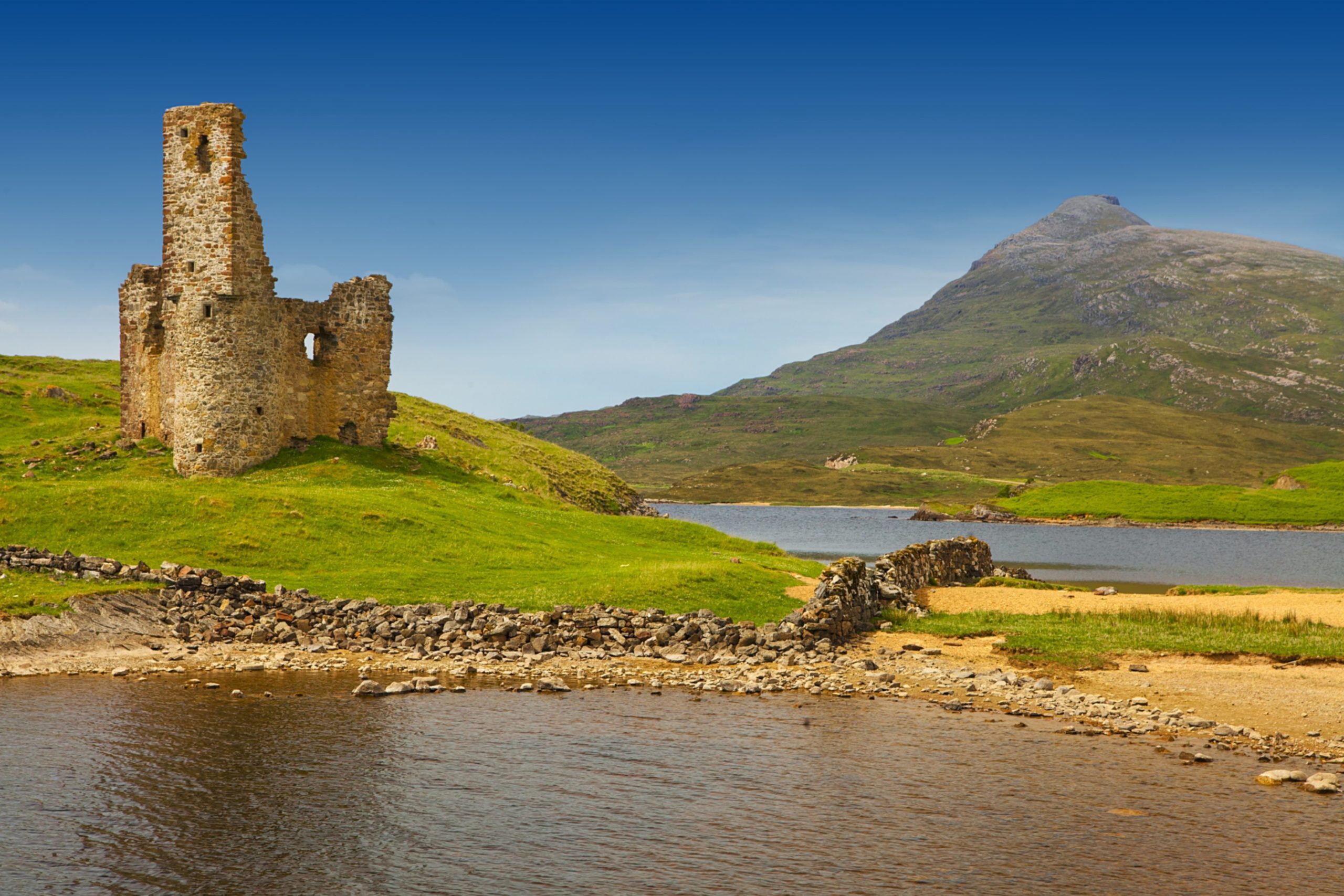
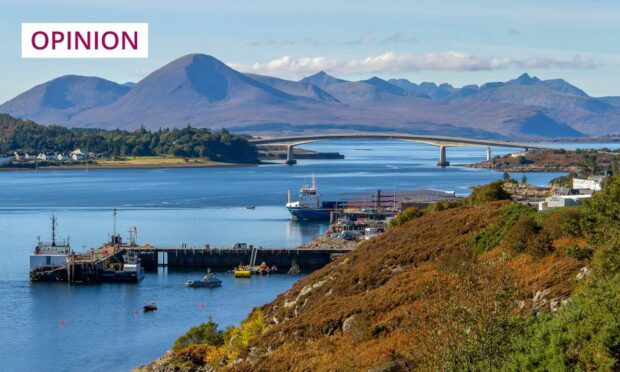
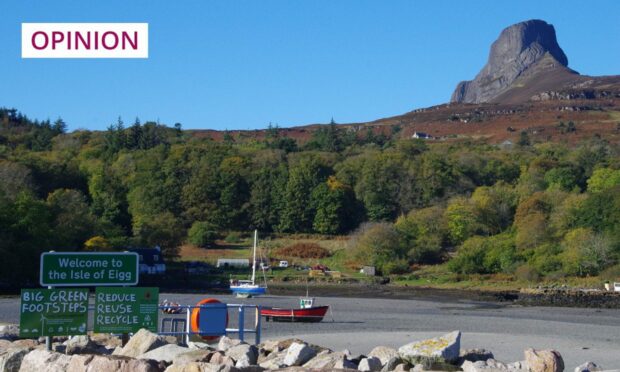
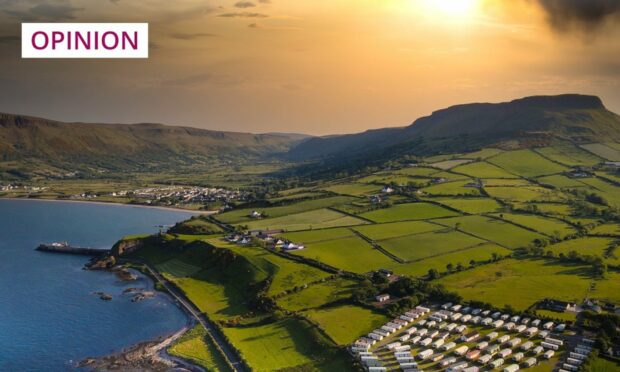

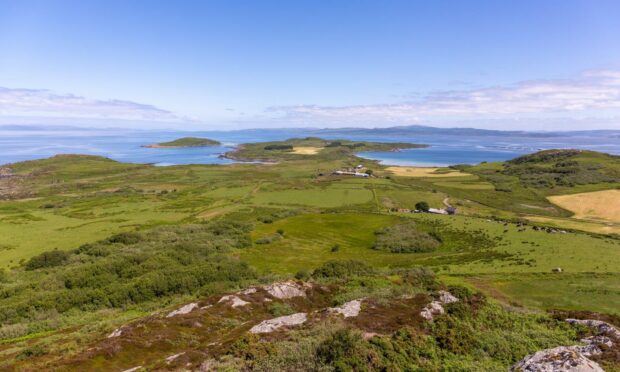
Conversation